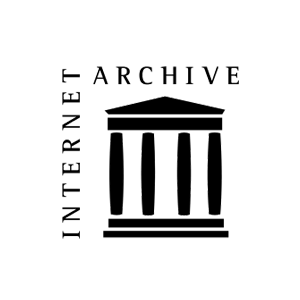Review Article
Triage As Performed to Triage as Imagined: PACS and The Spin-Offs at The Emergency Department
- Dr. Fatimah Lateef
Corresponding author: Dr. Fatimah Lateef
Volume: 1
Issue: 4
Article Information
Article Type : Review Article
Citation : Fatimah Lateef. Triage As Performed to Triage as Imagined: PACS and The Spin-Offs at The Emergency Department. Journal of Medicine Care and Health Review 1(4) https://doi.org/10.61615/JMCHR/2024/NOV027141123
Copyright: © 2024 Fatimah Lateef. This is an open-access article distributed under the terms of the Creative Commons Attribution License, which permits unrestricted use, distribution, and reproduction in any medium, provided the original author and source are credited.
DOI: https://doi.org/10.61615/JMCHR/2024/NOV027141123
Publication History
Received Date
23 Oct ,2024
Accepted Date
09 Nov ,2024
Published Date
23 Nov ,2024
Abstract
No single triage scale will completely address or perfectly fit an Emergency Department (ED) practice or requirements. Each Emergency Department will have its own foundational triage model. Modifications and customization should be made as deemed fit, to ensure the adopted model, with its spin-offs, works and meets the needs in achieving the set KPIs. Essentially the model in practice needs to ensure triage is timely, and practical, reduces ‘bottlenecks’ and delays, as much as possible, and is able to pick up the serious diagnoses/ acute presentations with very low levels of acceptable misses and errors.
At the ED of Singapore General Hospital, we started off with the PACS (Patient Acuity Categorization Scale) System but have evolved it over the years to meet our needs of the everchanging and dynamic ED patient load, profile, and disease trends. This paper shares the experience and the spin-offs.
Key Words: Triage, Emergency Department, Patient Acuity Categorization Scale (PACS), upskilling.
►Triage As Performed to Triage as Imagined: PACS and The Spin-Offs at The Emergency Department
Fatimah Lateef1*
1FRCS (A&E), MBBS, FAMS (Em Med), Senior Consultant, Dept of Emergency Medicine, Singapore General Hospital.
Introduction
Emergency Departments (ED) represent the front door of a hospital or institution and more importantly, the first point of contact with patients. [1] As in many other forms of relationships and interaction, the first few seconds or minutes are extremely critical for perceptions and judgments to be formed. Therefore, how efficiently and effectively triage is carried out will have an impact on patients in a variety of ways; their impression of the healthcare system, their relationship with healthcare providers, how fast their diagnoses can be made and managed, the right siting of care, and triage categorization. [2-4] There are important decisions to be made during Triage, despite the fact that it is probably the shortest point of contact in a patient’s ED journey. Errors at Triage can cause delays in management, missing of time-dependent conditions’ window of treatment, increased morbidity and mortality, higher incidence of adverse events, and even inappropriately long waiting times. [3-9]
Often, the challenges include the random arrival of patients, the unpredictability of upsurge, inefficient triage systems and insufficient manpower or staff not trained adequately in the process of triage. [1,2,5,10,11]
Most public hospitals in Singapore use the Patient Acuity Category Scale (PACS) to triage patients in the Emergency Department. PACS is a symptom-based differential diagnosis approach that triages patients according to their presenting complaints and objective assessments such as vital signs and the Glasgow Coma Scale, allowing acute patients to be identified quickly for treatment. [12,13] PACS classifies patients into four main categories: P1, P2, P3, and P4 as shown in Table 1. [12,13]. In summary, P1 patients should be seen immediately/ within seconds; P2 patients within minutes to an hour and P3 patients within a couple of hours of arrival. P4 patients should not seek care in the ED as they can be managed in the primary care setting.
Table 1: Patient Acuity Categorization Triage Scale [12, 13]
|
Category (Priority Level) |
Category Name |
Description |
Example |
|
P1 |
Critically ill and requires resuscitation |
State of cardiovascular collapse or in imminent danger of collapse and require immediate medical attention. |
Multiple major trauma, head injury with loss of consciousness, shortness of breath, unconsciousness from any cause |
|
P2 |
Major emergency |
unable to walk and are in some form of distress, appear stable on initial examination, and are not in imminent danger of collapse, require very early attention |
Chest pain, major limb fractures, major joint dislocations, spinal cord injury, trunk injury with stable vital signs |
|
P3 |
Minor emergency |
able to walk, have mild to moderate symptoms, and require early treatment |
All sprains, mild constant abdominal pain, fever with cough for several days, insect stings or animal bites (not in severe distress), superficial injuries with or without mild bleeding, minor head injury (alert, no vomiting), foreign object in ear, nose, or throat, urinary tract infections, headaches. |
|
P4 |
Nonemergency |
Old injury or condition that has been present for a long time. |
Chronic lower back pain, high cholesterol, acne. |
Advanced Solution Technique Review
Patient upsurge and load can be categorized into predictable and unpredictable or random arrival of patients of all acuity levels. This extremely dynamic process tests our skills and capabilities to continuously monitor and review the triage processes and performance. It forms a part of the institution's Enterprise Risk Management (ERM). [1] Advanced solution techniques can be applied to study the following:
- Triage patterns
- Common errors and misses
- Over- and under-triage
- The frequency and need for refresher training and upskilling, as well as,
- Expansion of the original triage process/ framework to value-add to performance
The issues must be viewed from various perspectives: the nurses conducting triage, the Emergency physicians caring for the patients in the various areas of the ED as well as the administrative staff. These different groups of staff have slightly different risks and quality perceptions, which often need to be managed and aligned. Interviewing staff helps deepen understanding of their experience and problems/ challenges. Their observations and inputs can be very critical to help plan high-performance triage teams. Focused group discussions (FGDs) can be very useful to piece ideas together before implementation. [14-17] They can also serve as a platform to conduct Root Cause Analysis (RCA) and Failure Mode Effect Analysis (FMEA) of issues and challenges. Often processes are broken into smaller steps and manageable parts for groups to really dive deep and understand them in great detail. [18] Following discussions, simulation can also be used to assess the optimization of flow. Sequential simulation and in situ simulation, whereby there is a step-by-step flow, can reveal and unleash blind spots that need to be managed. [8,9,19,20]
All these advanced technique solutions should be approached with an open mind, with a view to redesigning triage processes and pathways. Involving stakeholders, actively empowering them, and inculcating a strong sense of ownership are all important and synergistic. [4,10)]
Evolving The Triage Process
Even as we started with the PACS Triage Scale, customization and evolution to suit our needs have been done over the years. This was necessary in view of the increasing numbers of patients, increase in complexities of the cases presenting to the ED, higher numbers of geriatric patients with unique needs requiring prompt delivery of care, easier and faster access to investigations, more procedures offered upfront for time-dependent conditions such as stroke and acute myocardial infarction, higher expectations of patients and the public, evolution of healthcare systems and higher technology adoption. [1,13,21]
The following represent some of the evolutionary developments and spin-offs that have been introduced to the original PACS system:
- Customization of the PACS
PACS strictly divides patients into 4 categories (P1, P2, P3, and P4 corresponding to PACS 1,2, 3, and 4). [13,14,22] Over the years it has been observed that this is restrictive in practice. In order to meet key performance indicators (KPIs) and manage resources, we have implemented sub-categorization. An example would be:
A patient with chest pain used to be triaged as P1. However, with more definition, electrocardiogram being done upfront at Triage and more trained nursing staff doing Triage, we have been able to channel the non-cardiac chest pains (e.g. musculoskeletal chest pain, pleuritic chest pain, chest contusion from minor trauma) away from the P1 (Resuscitation Room). These patients can now be managed in the Ambulatory area (P3) but still have a P1 status (i.e. they may be seen earlier than other ambulatory, or P3 patients). This patient’s triage category will be “P1 in P3”. This way, our resources (equipment, space, and manpower) in the P1 or Resuscitation area will be less stretched and better managed. Also, these patients with chest pain get the time-relevant care they require in the P3 area. Other examples would include “P2-in-P3”, whereby patients triaged to P2, after initial assessment can be adequately managed in the P3 area.
Over the years we have developed quite a number of such “over-lap” categorizations to help manage waiting times and resources.
- Initial Consultation with Senior Emergency Physicians (EPs)
Triage nurses can consult Emergency Physicians if they feel certain cases can be down-triaged or up-triaged, despite applying the standardized triage categories appropriately. This also helps to prevent overload in certain areas of work. Senior EPs can mobilize manpower to areas of need with a higher load of patients or direct certain Medical Officers or Residents to see certain patients earlier. This approach is different from having an EP stationed at Triage or ‘senior doctor triage’. Nurses performing triage essentially make their global assessment based on the combination of objective criteria (e.g. Vital signs), their observation, and experience to reach the final decision. Also important is ‘visual triage’, which is the impression they have of the patient in general.
- Fast Track Triage to Specialties
At Triage, if there are relevant patients requiring specialist care, they can be seen by the appropriate specialist directly; such as the Dental officer (e.g. gum abscess, dislocated tooth), Hand Surgeon (e.g. Isolated injuries in the hand), Ophthalmologist (e.g. Corneal ulceration, embedded foreign body in the eye) and other specialists, without having to queue in the specific PACS area. This helps facilitate care delivery for specialist services. This is also in line with Singapore General Hospital being a tertiary-quaternary care institution and an Academic Medical Centre (AMC), where the whole spectrum of specialist care is available 24/7. [23]
- Triage to a Dedicated Area for musculoskeletal Complaints
To streamline the triage further, patients who present with less serious complaints linked to the upper and lower limbs (e.g. strains and sprains, fractures, knee pain, and injuries) and Musculoskeletal pain such as back strains and sprains are selected and sent to a dedicated area to be managed. This area is served by two Medical Officers serving during the peak hours of 10 am to 7 pm. These are the patients with very targeted management and may not need to spend considerable time in the ED.
- Flexibility in Manpower and Staffing Allocation and Re-organization
Previously, nurses at Triage were given fixed shifts. Today we have some allotted fixed shifts whereas, others come in at busy, overlap periods to assist with Triage. In some cases, a threshold can be set i.e. If there are 10 or more patients waiting in the Triage queue, activation of additional nursing staff to “beat the crowd” can be done. Once the queue is ‘settled’, these additional staff can return to the various areas of the ED to continue with their work. This flexibility works well and is dynamic and can help in handling the random and unanticipated upsurges in patient load. What is also important is the mindset of the nursing staff, whereby they will have to adapt not just to working in one area of the ED but to being more mobile and dynamic in tasks and role execution.
- Uplifting Triage Capabilities
Over the years, more nurses have been trained in basic and advanced Triage courses. These have become recognized as compulsory requirements and accreditation for nursing staff. [24] This increases the number of nurses who can be directed to perform Triage as required. The training of more resident nurses and advanced practice nurses who can lead Triage has also helped enhance performance. The latter can also manage patients with simpler complaints and discharge them directly. Training high-output triage nurses can increase triage productivity and reduce variability in triage outcomes. [7-10]
- Tailoring Investigations @ Triage
Despite the fact that investigations can be done and ordered right from Triage, it should not be overdone as it can be the cause of delays. Reducing the number of non-urgent point-of-care tests at triage can make the process more lean; streamlining triage in practice. Frontloading too many investigations at triage may thus not do justice to the waiting times. We looked into one particular investigation to study this further; i.e. the electrocardiogram (ECG). [25]
In studying our Triage process, it was discovered that ECG can be over-ordered for a variety of presenting complaints. This ranges from chest pain of all nature, syncope, near-syncope, tachycardia and palpitations, giddiness, and many other symptoms. It was decided that ECG orders could be streamlined to primary and secondary indications. Only primary ECGs can be ordered and done at Triage. The others will all fall under secondary indications and need not be done at Triage. (Table 2). The ECGs can be ordered electronically (as we use Electronic Health Records and are fully computerized in Singapore) at Triage by the nurse but, it is not necessary to be performed at Triage. Instead, these ECGs can be done in the respective areas where patients are allocated for their care. This way, only the very crucial ECGs, such as for acute chest pain, and acute coronary syndrome( (not wanting to miss time-dependent conditions, e.g. for cardiac catheterization laboratory activation) are done immediately at triage and the ‘bottleneck’ can be addressed. Another initiative introduced is to have ancillary staff to help the nurses with tasks such as ECG, collecting investigations, transferring patients, and other non-nursing jobs. This can facilitate triage for the nurses and help in hastening the workflow.
|
Table 2: Indications for Primary ECG
|
This initiative has significant contributions to improving our triage process and triage times. The Triage nurses feel less stretched and morale has also improved.
- SWIFT Care
This is the name for a facility in the ED that serves patients who turn up with a complaint but is determined to be one that can be managed by primary care physicians and need not be managed in an ED. The facility is in the ED itself which makes it very convenient for redirection as appropriate, by the triage nurses. This new addition to the ED was given weighted consideration, in partnership with a primary care provider. The partnership can be synergistic, especially when they are located under one roof. [1,21,22]
- Self-Triage and Registration Kiosk (STARK)
As patient registration and triage does take time in the ED, if the process can be automated without compromising patient safety and confidentiality, it can save on manpower and time utilization. STARK, as an innovation project, has both registration and triage capabilities. It is a trial for patients with more minor emergencies and is ambulatory, conducted at one of the EDS under the Singhealth Group. STARK was a trial to see if we can reduce the waiting times and also improve patient experience. Patients will self-register themselves, complete questionnaires, and have their temperature, SpO2, and blood pressure taken by following certain simple instructions. If they fulfill the self-triage successfully, a queue ticket will be issued. However if not, they will have to go through the manual triage by nurses as usual. [26] This is a trial which is still ongoing. With technological progress, initiatives integrating Artificial Intelligence will become more common. Staff will have to align and keep abreast to continually keep triage relevant and effective. [1,27]
Triage Training and Upskilling
Traditionally, for many years, triage training was face-to-face and didactic in nature. Nursing staff go through both a Basic and Advanced Triage Course. The important concepts, systems-based diagnoses, the importance of vital signs, the PACS system, and many other relevant topics are covered. Over the years, more practical training with scenario-based learning has been added. There is also now the utilization of the flipped classroom model where they are given reading materials before attending the face-to-face training, as well as e-learning has become incorporated. Today, practice scenarios can be acted out by standardized patients and volunteers to make the scenarios come alive; with uplifting of fidelity. Nurses get to actually practice their questioning techniques and this helps instill greater confidence. [19,20,28] When there are changes to be implemented in practice, details will be shared at the nurses’ roll call. This is where they have to unlearn and relearn to adapt to the new processes. ED nurses performing triage have to remain agile, and dynamic and accept change readily. An example would be, during the Covid 19 pandemic, whereby new information was discovered and shared almost daily. Thus, changes to the triage categorization and segmentation of patients may change several times a day. This requires rapid dissemination and adoption of the new practice and during the pandemic, it was even more crucial as diversion from the proposed can result in unnecessary spread of the infection. [1,18,20,28] Kurt Lewin’s Change Theory very aptly describes how these nurses practice; going through the stages of unfreezing, change, and refreezing. [29]
Discussion
Despite the perception that triage is the simplest step, which is straightforward in the ED management process and journey, it is actually a very complex science, that involves various frameworks, workflow, and trajectories to manage arriving patients in an efficient and safe manner. It is extremely dynamic. However, it need not be so rigid to the extent that it does not allow some degree of flexibility. EDs must review their own adopted triage frameworks and use advanced solution techniques to fine-tune and enhance triage performance. It is a crucial part of ERM and cannot be left to chance. [1,2,5,30]
No single triage scale will completely address or perfectly fit an ED practice or requirements. Each ED will have its own foundational triage model. Modifications and customization should be made as deemed fit, to ensure the adopted model, with its spin-offs, works and meets the needs in achieving the set KPIs. Essentially the model in practice needs to ensure triage is timely, and practical, reduces ‘bottlenecks’ and delays, as much as possible, and is able to pick up the serious diagnoses/ acute presentations with very low levels of acceptable misses and errors. [1,2,5,30]
Triage remains instrumental as the starting point for a systematic approach to patient management. The choice of a triage framework is important as it can facilitate consistent application and fairness in management. To date there is no gold standard in triage; thus the flexibility, subjectivity, variations, and diversity are very much left to each ED and their staff/ management. There is also no international benchmark, for the same reasons, but this does not mean that it is a ‘free and easy’ platform with no stipulated guidelines. ED staff and management must respect, align, get involved, be empowered, and contribute actively to their chosen triage framework and continue to keep it dynamic and relevant with the ever-changing ED patient load and surge patterns. New technology and AI, with time, will become more commonly applied in helping us increase triage accuracy and reduce errors. For now, the science of triage will continue to evolve.
Conclusion
There is no perfect triage system that exists. For departments and institutions, choosing a system that can model and meet their needs, with some degree of customization is critical. Even this will continue to evolve with use and practice. What is important is the timely access and management of patients appropriately, to meet the key performance indicators that have been set.
- Lateef F. (2023). The Future of Emergency Medicine: Through the front door and beyond the ED. Annals of Clin and Med Case Reports. V11(6): 1-2.
- Fitzgerald G, Jelinek GA, Scott D. (2009). ED triage revisited. Emerg Med Journal.
- Fottler MD, Ford RC. (2002). Managing patient waits in the emergency department. Health Care Manager. 21(1): 46-61.
- Hitchcock M, Gillispie B, Crilly J. (2014). Triage: an investigation of the process and potential vulnerabilities. J Adv Nurs. 70(7): 1532-1541.
- Iserson KV, Moskop JC. (2007). Triage in Medicine Part 1: Concpet, History and Types. Health Policy and Clin Practice Concepts. Annals of Emerg Med. 49(3): 275-281.
- Hoot NR, LeBlanc LJ, Jones I. (2008). Forecasting ED crowding: A discrete event simulation. Annals of Emerg med. 52(2): 116-125.
- Silverman J. (2023). Triage accuracy in the Emergency Department. Masters Project and Capstone. 1649.
- Bronsinski CM, Riddell AJ, Valdez S. (2017). Improving triage accuracy: A staff developmental approach. Clin Nurse Specialist: The J for Adv Nurs Pract. 31(3): 145-148.
- Tam HL, Chung SF, Lou CK. (2018). Review of triage accuracy and future directions. BMC Emerg Med. 18:58.
- Kennedy K, Aghababian RV. (1996). Triage: Technique and application in decision making. Annals Emerg med. 28(2): 136-144.
- Terenzi C. (2000). The triage game. J Emerg Nurs. 26(1): 66-69.
- Fong RY, Glen WSS, Mohamed Jamil AK, Tam WWS, Kowitlawakul Y. (2018). Comparison of the Emergency Severity Index versus the Patient Acuity Category Scale in an emergency setting. Int Emerg Nurs. 41:13-18.
- Triage on Wikepedia.
- George S, Read S, WestLake L. (1993). Nurse triage in theory and in practice. Archives of Emerg Med. 10(3): 220-228.
- Fry M, Stainton C. (2005). An educational framework for triage nursing based on gatekeeping, time keeping and decision making processes. Accident and Emerg Nurs. 13(4): 214-219.
- Burgess L, Kynoch K, Hines S. (2019). Implementing best practices into the Ed processes. Int J Evidence-based Healthcare. 17(1): 27-35.
- Stanfield LM. (2015). Clinical decision making in triage: An integrative review. J of Emerg Nurs. 41(5): 396-403.
- Lateef Fatimah, Stawicki SP, Lee MX. (2020). Infection control measures, in situ simulation and failure mode effect and analysis to finetune the change management during Covid 19. Journal of Emergencies, Trauma and Shock.13(4): 239-245.
- Fatimah Lateef. (2023). Designing sequential simulation: Recreating clinical pathways. EC Clin and Med Case Reports. 6(4): 93-99.
- Fatimah Lateef. (2023). How insitu simulation can fine tune implementation science interventions for formalization of an Emergency neonatal Obstetric Code. Matthews J Emerg med. 8(5): 66.
- Oh HC, Sridharan S, Yap MF. (2023). Impact of primary care partnerships programme on A and E attendances at a regional hospital in Singapore: A pilot study. Singapore Medical Journal. 64(8): 534-537.
- Tang XR, Pek PP, Siddiqui FJ. (2022). Determinants of Ed utilization by older adults in Singapore: A systematic review. Annals of The Academy of medicine, Singapore. 51(3): 170-179.
- SGH Ranked 8th Best Academic Medical centre in the World. Available at: SGH ranked world's 8th best Academic Medical Centre - SingHealth.
- Zachariasse JM, Nieboer D, Oostenbrink R. (2018). Multiple performance measures are needed to evaluate triage systems in the ED. J of Clin Epidemiology. 94: 27-34.
- Yaa MAB, Baugh CW, McWade CM. (2017). Performance of Ed screening criteria for an early ECG to identify STEMI. J of The Am Heart Assn. 6(3): 003528.
- STARK Self Triage and Registration Kiosk (for Emergency Department patients) Automated health kiosk reduces unnecessary visits to the doctors - Changi General Hospital (cgh.com.sg)
- Fernandez M, Vieira SM, Leite F. (2020). Clinial decision support systems for triage in the Ed: using intelligent systems: A review. Artificial Intelligence in Med. 102: 101762.
- Lateef F. (2020). The Standardised patient in Asia: Are there unique considerations. Am J of Emerg and Crit Care med. 3(1): 31-35.
- Lewin’s Change Theory. Nursing Theory.
- Oh HC, Chow WL, Guo Y. (2020). Factors associated with inappropriate attendance at the Ed of a tertiary hospital in Singapore. Singapore medical Journal. 61(2): 75-80.
Download Provisional PDF Here
PDF


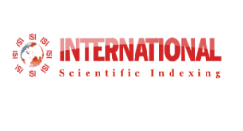
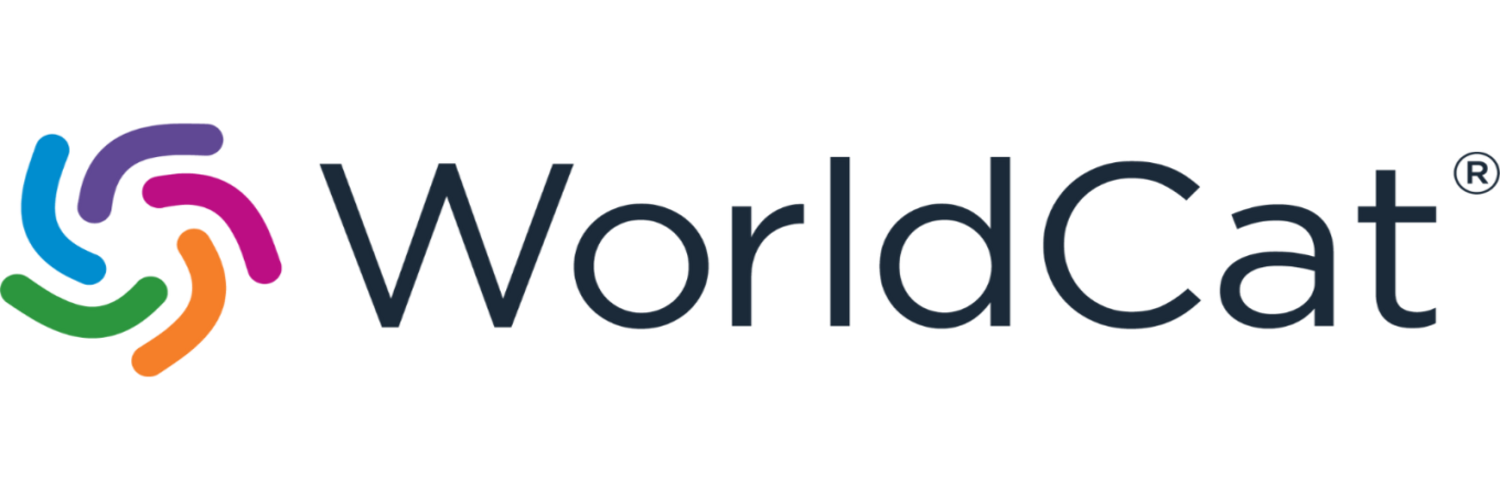
p (1).png)
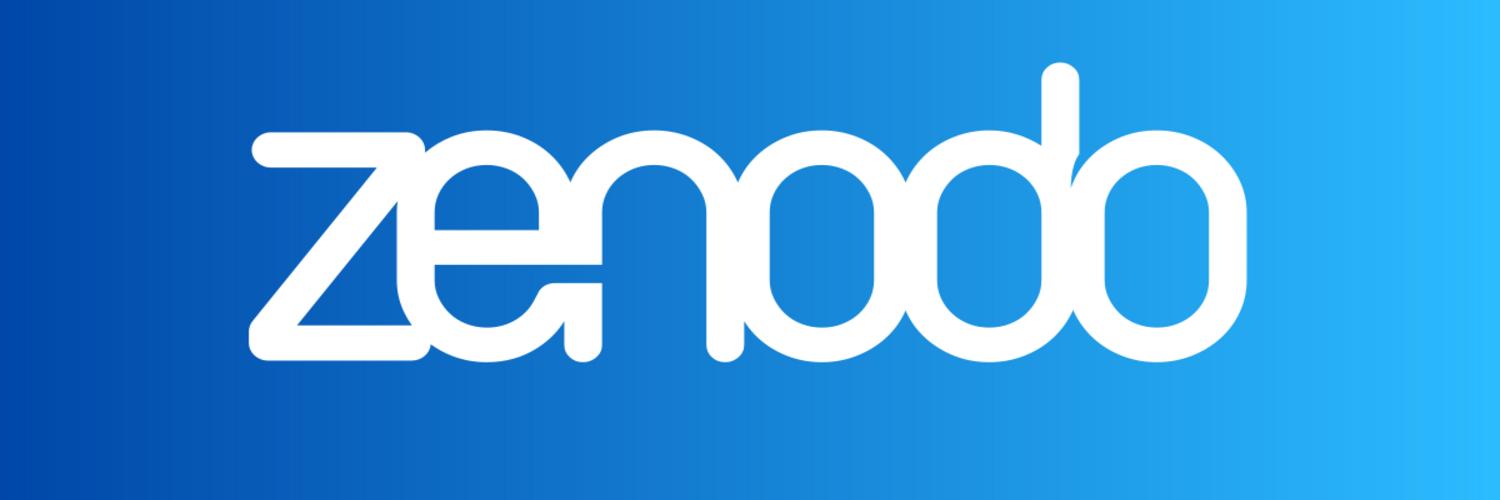
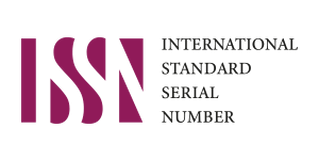
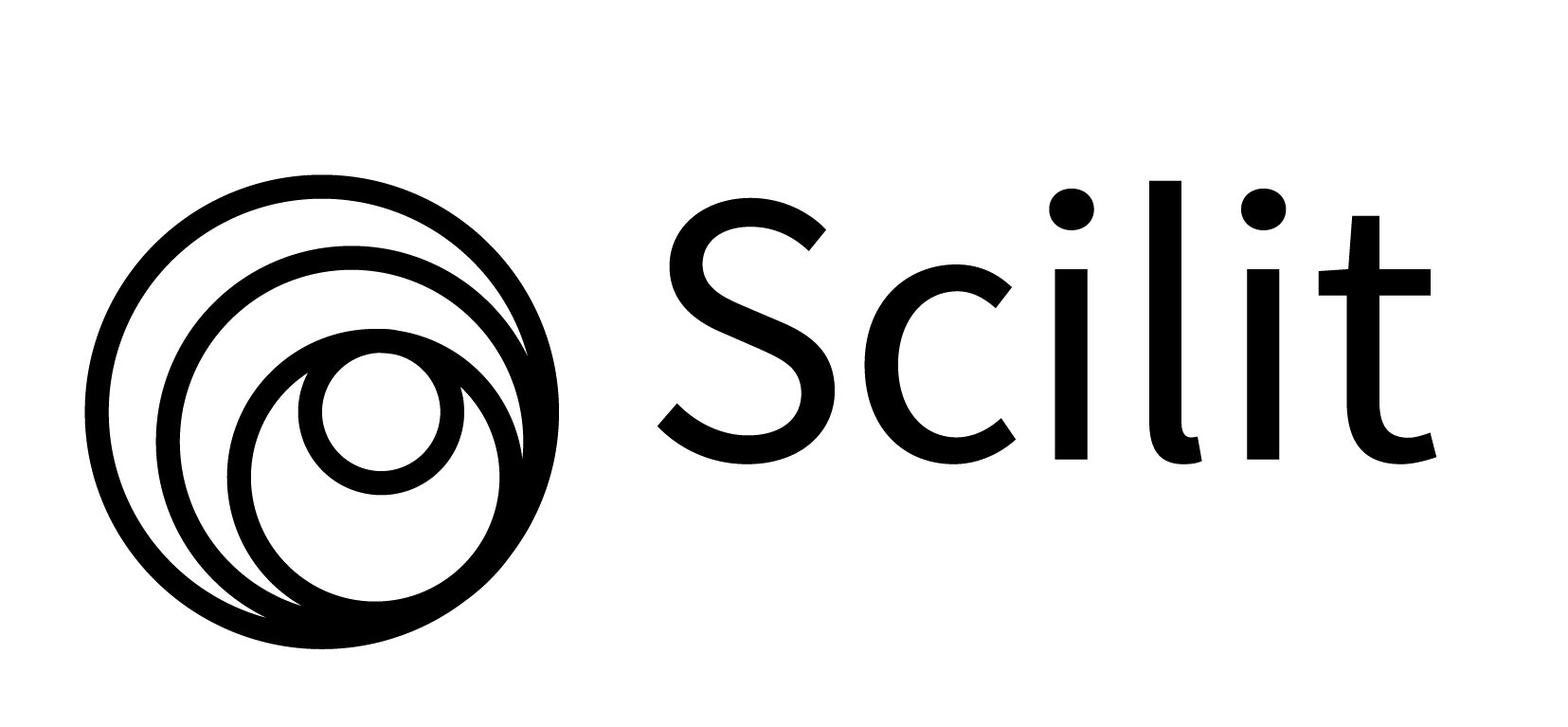
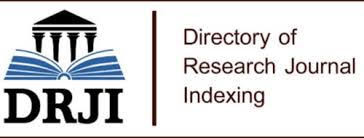
.png)



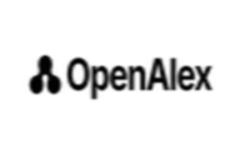
.png)
